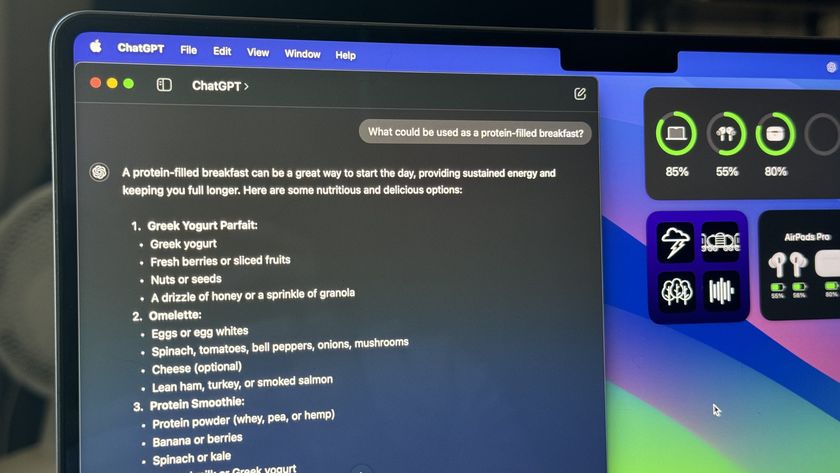Evernote has long been a popular way for people to take notes and archive important information. If you've never used it, here's an introduction to the Mac version of the software, and some tips on why you might be interested. By the way, Evernote is free to start with, so you can get try it out without paying a dime.
Evernote isn't just an application — it's a service. In order to use the app you need to create an Evernote account that serves as an active online repository of all the data you enter using the app. But this makes it a breeze to synchronize your content between devices, and Evernote is practically ubiquitous: In addition to the Mac, you can download it for iOS and for other platforms like Windows, Android, Windows Phone and more.

Evernote divides content into notes and notebooks; notebooks are collections of individual notes. I've set up separate notebooks for home, work, and projects that I'm working on.
The individual notes in each notebook can be free-form text, ordered and unordered lists (including checkbox lists, if you're picking up groceries, say, or supplies for a craft project) and more. You have extensive control over text formatting, and you can also include audio snippets, images, even snapshots using your Mac's built-in camera.

Evernote isn't just for typing and recording words. It works equally well if you have images you want to save (and notate). If Evernote isn't the active app, you can just drag an image into the Evernote icon on the Dock and it'll import the image too. This is great if you're collecting images for inspiration or later collation and collection and just want to grab stuff and go quickly. There's also an Evernote Web Clipper extension you can install for Safari and other browsers that will help you capture text and images from web sites.

Notes can be tagged so you can group and find them more easily later; you can also share them with other people using a connection to your own Contacts list; or post them publicly on social networks like LinkedIn, Facebook and Twitter. You'll be notified if and when others make changes to the shared content, if you've enabled that functionality.
This only scratches the surface of Evernote's core functionality, and this is only the "free" version of Evernote. If you choose to pay for Evernote Premium — which costs $5 per month for individuals, $10 per month per user for businesses — you get other features, like the ability to have longer notes, annotated PDF file attachments, improved search functionality, and perhaps most importantly, offline work support.
And because Evernote has long been a popular app, there's a constellation of support for it — including devices that work with Evernote like scanners and pen styluses for the iPad — as well as third-party software that supports sharing with Evernote.
Evernote was updated this past November to take advantage of the new user experience Apple created for OS X Yosemite. The developers also used the new release to introduce other new features like easily resizable tables and images, redesigned interface elements and more.
Hopefully this has painted in broad strokes some of the features Evernote have and some of what Evernote can do for you. At the very least, you might want to give a try by downloading it yourself, since it won't cost you anything (except a few moments of time to set up an account).
- Free - Download now
























